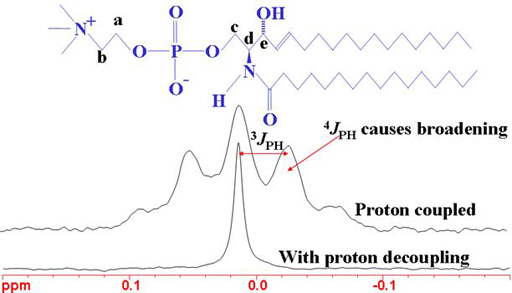Those bonded to carbon atoms which are in turn bonded to a highly electronegative element.
Chemical shift of vinylic protons.
We know that a proton alpha to a carbonyl group is pulled downfield.
State the approximate chemical shift δ for the following types of protons.
The chemical shift of protons connected to heteroatoms the second group of protons giving signal in this region is the ones bonded to heteroatoms such as oxygen and nitrogen.
It is important to understand trend of chemical shift in terms of nmr interpretation.
Notice that the proton closest to the carbonyl group is at a higher chemical shift than the proton in cyclohexene 6 05 ppm for cyclohexenone vs.
The proton nmr chemical shift is affect by nearness to electronegative atoms o n halogen and unsaturated groups c c c o aromatic.
And even though the signal can be in the range from 1 6 ppm it is usually in the downfield end of this spectrum.
Those bonded to carbons which are next to unsaturated centres.
Electronegative groups move to the down field left.
Splitting between vinylic protons in alkenes depends strongly on the geometrical relation ship of the coupled protons.
Table of characteristic proton nmr shifts type of proton type of compound chemical shift range ppm rch 3 1 aliphatic 0 9 r 2 ch 2 2 aliphatic 1 3 r 3 ch 3 aliphatic 1 5 c c h vinylic 4 6 5 9 c c h vinylic conjugated 5 5 7 5 c c h acetylenic 2 3 ar h aromatic 6 8 5 ar c h benzylic 2 2 3 c c ch 3 allylic 1 7 hc f fluorides 4 4 5 hc cl chlorides 3 4.
C h acetylenic 2 3 ar h aromatic 6 8 5 ar c h benzylic 2 2 3 c c c h 3 allylic 1 7 h c f fluorides 4 4 5 h.
However this particular orientation makes such a large contribution that it dominates the chemical shift.
Characteristic proton chemical shiftstype of protonstructurechemical shift ppmcyclopropanec3h60 2primaryr ch30 9secondaryr2 ch21 3tertiaryr3 c h1 5vinylicc c h4 6 5 9acetylenictriple proton nmr chemical shifts california state university stanislaus.
The chemical shift of a vinylic proton is an average over all orientations of the molecule.
Those bonded to carbons which are part of a saturated system.
Type of proton type of compound chemical shift range ppm rc h 3 1 aliphatic 0 9 r 2 c h 2 2 aliphatic 1 3 r 3 c h 3 aliphatic 1 5 c c h vinylic 4 6 5 9 c c h vinylic conjugated 5 5 7 5 c.
Table of characteristic proton nmr chemical shifts.
Diamagnetic anisotropy is also responsible for the downfield chemical shifts of vinylic protons and aldehyde protons 4 5 6 5 ppm and 9 10 ppm respectively.

